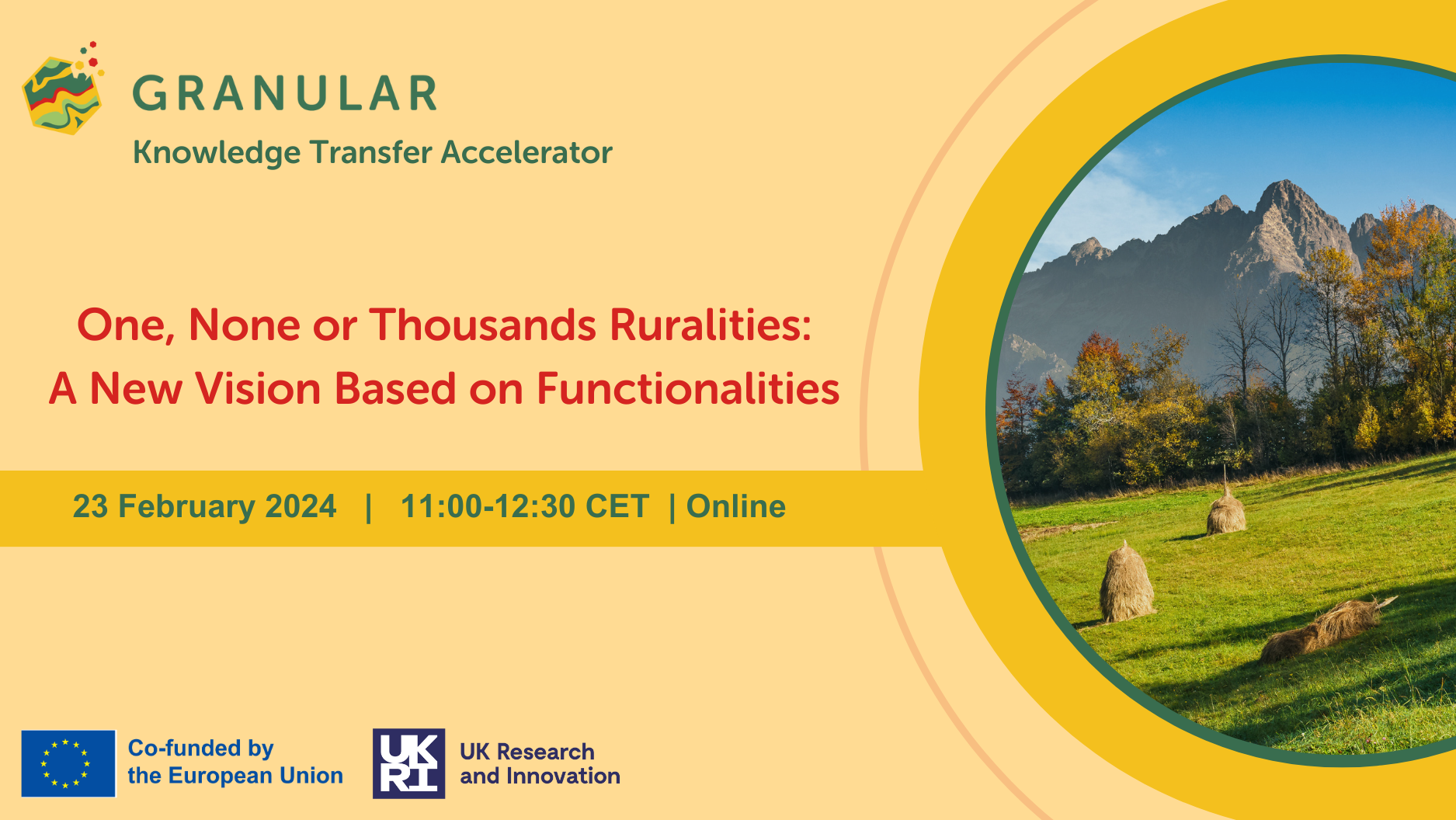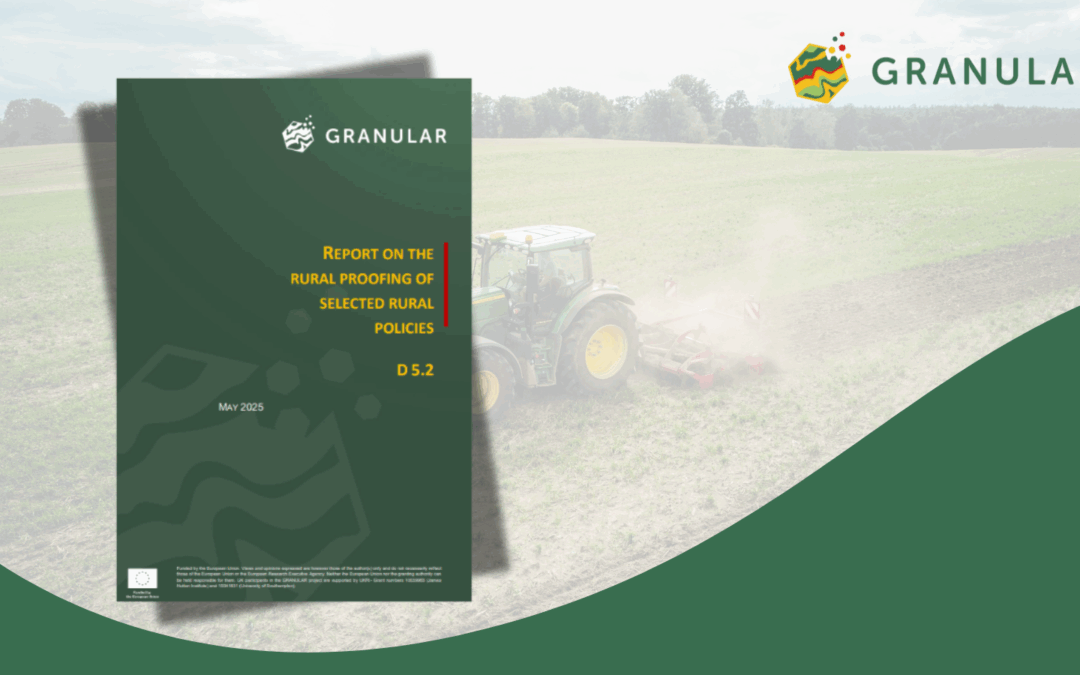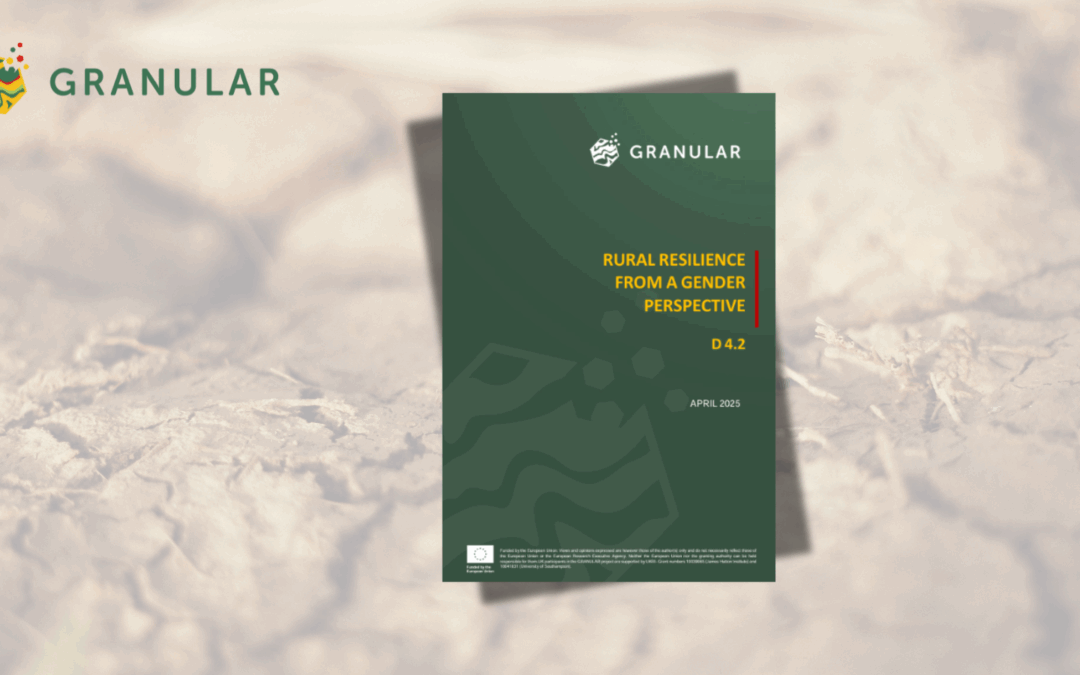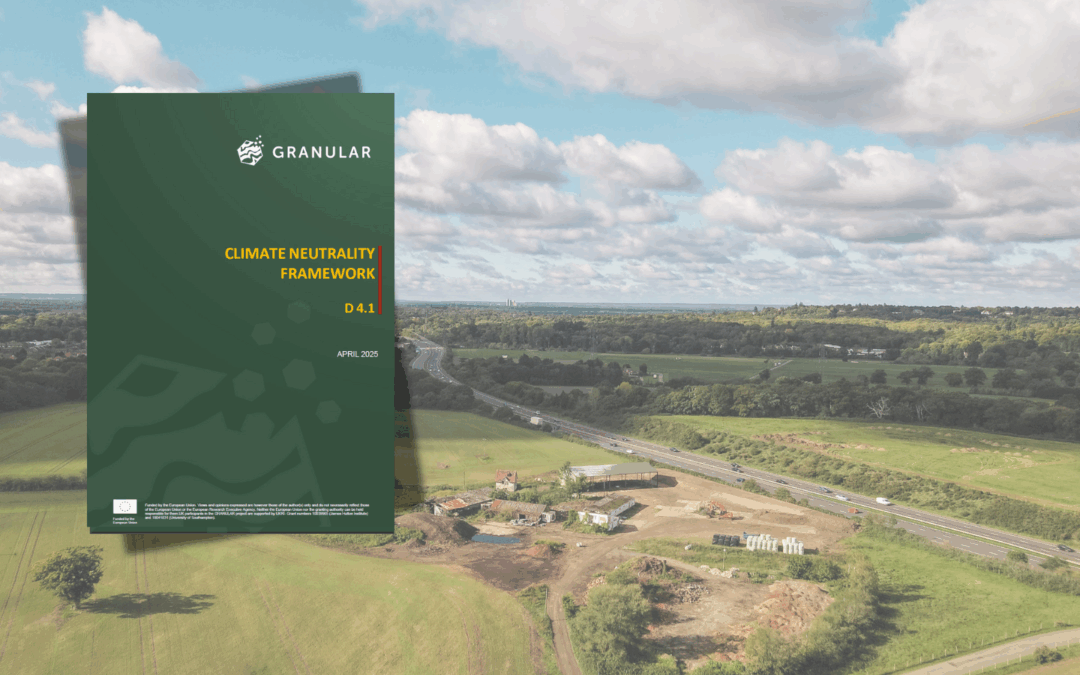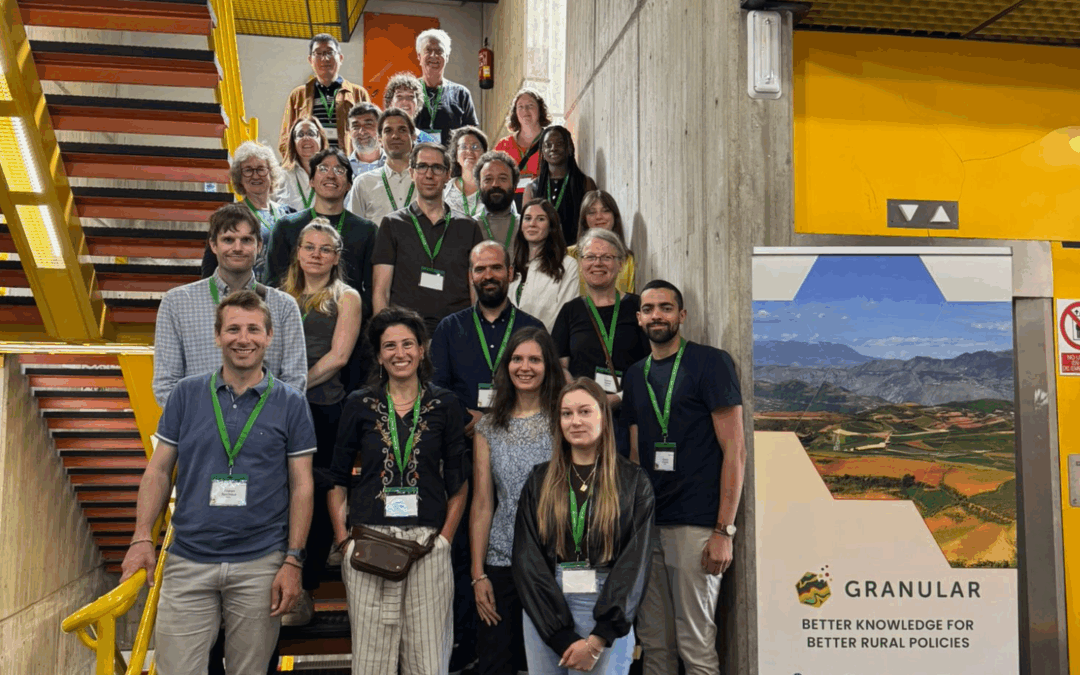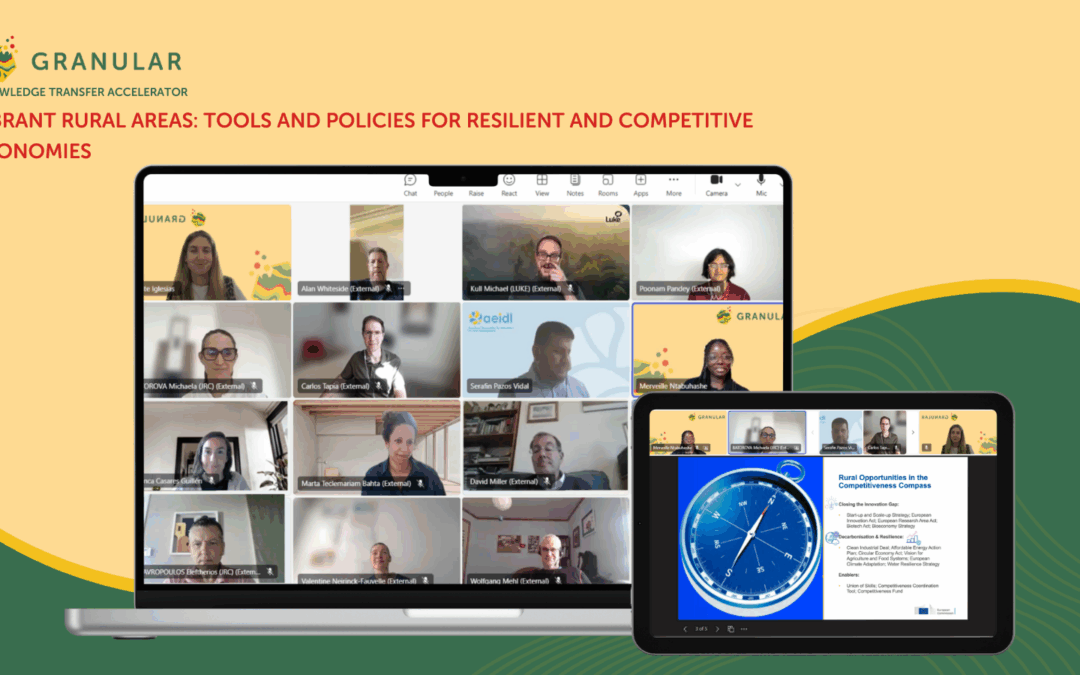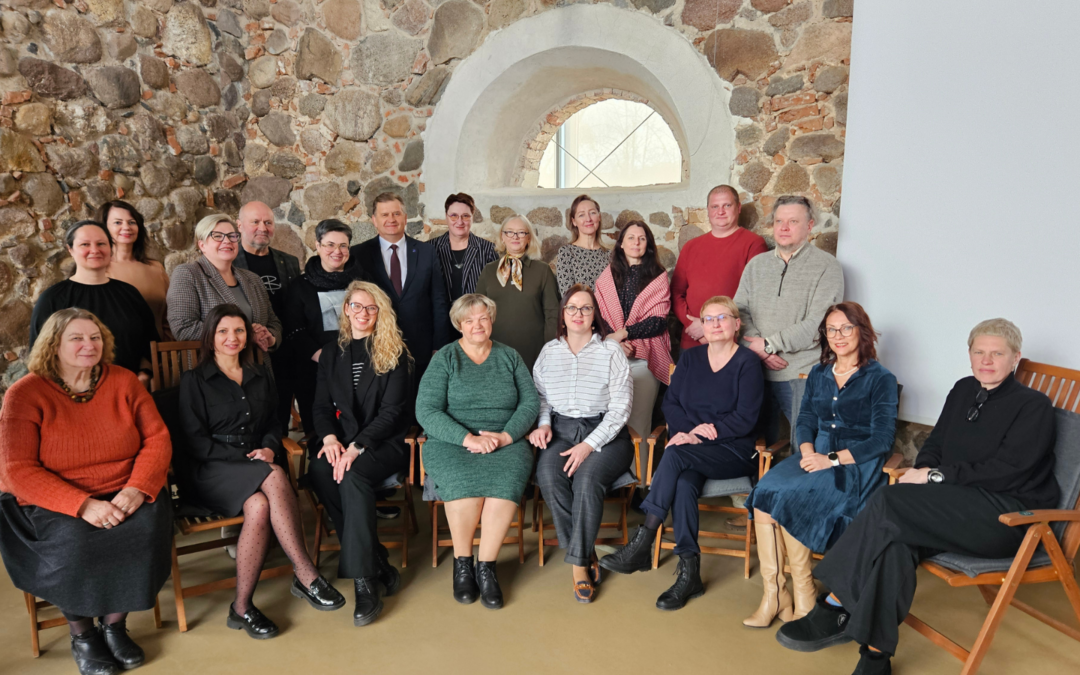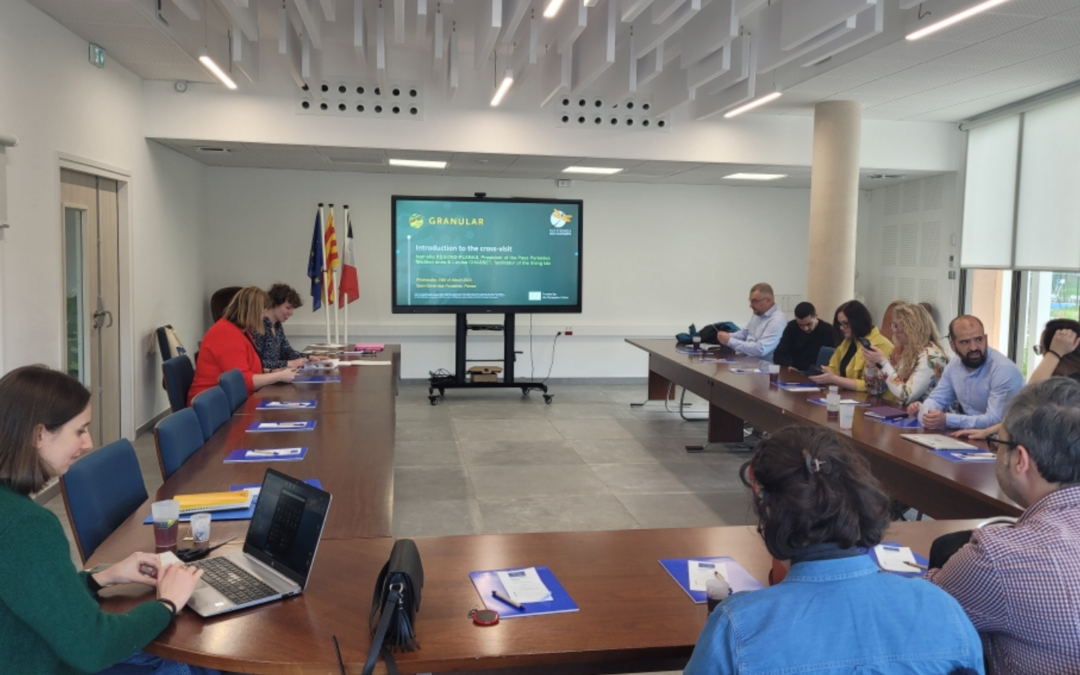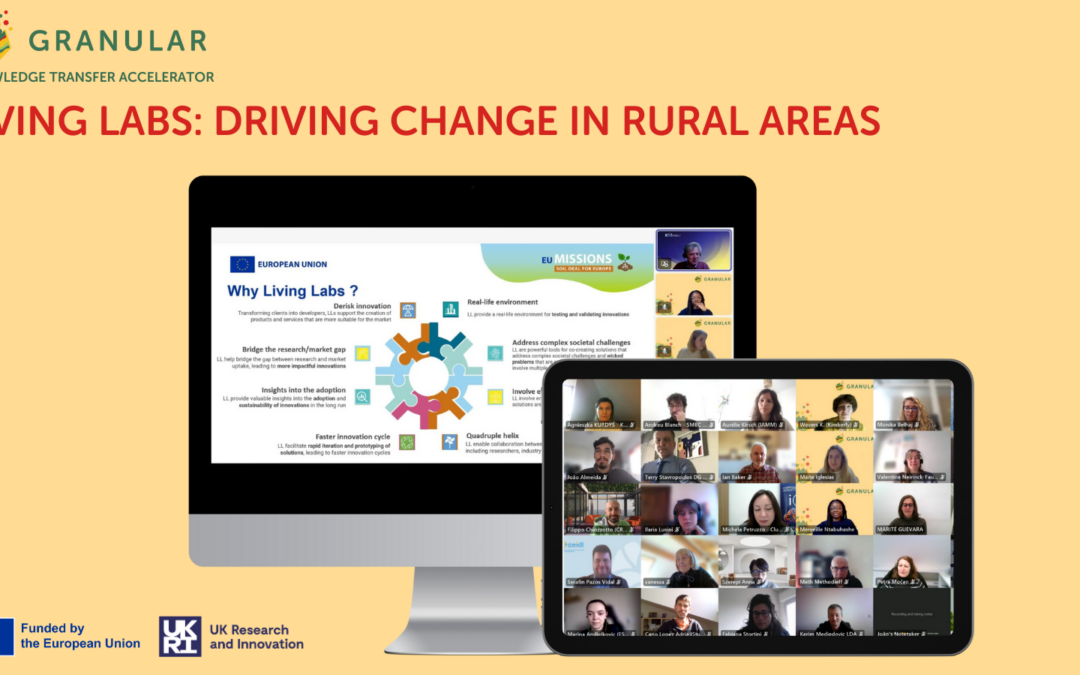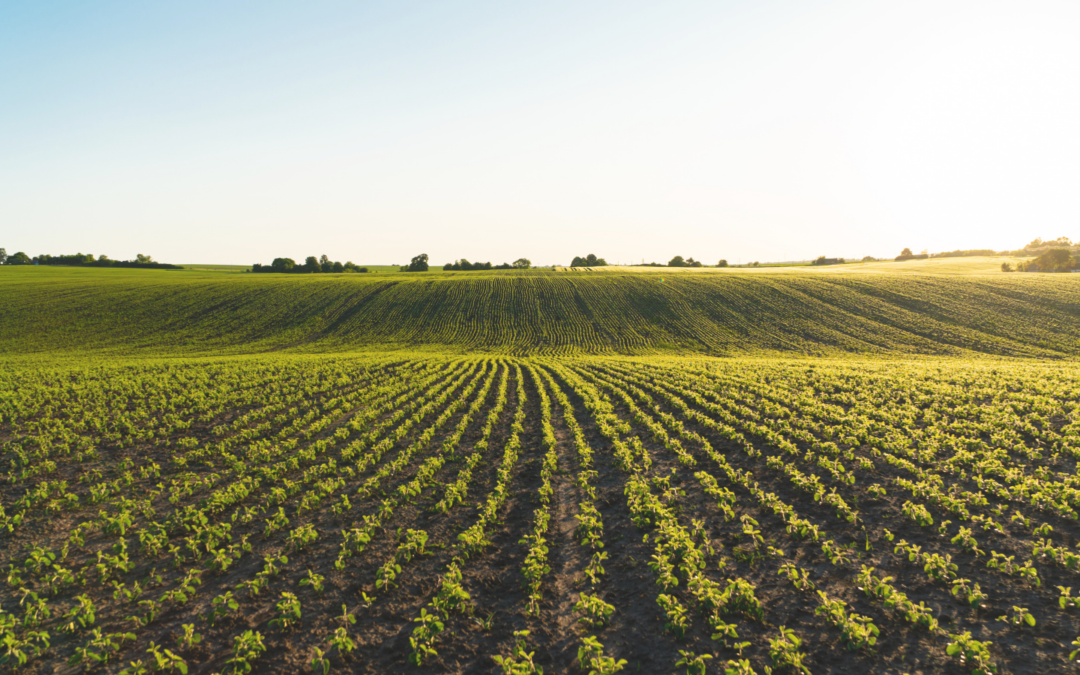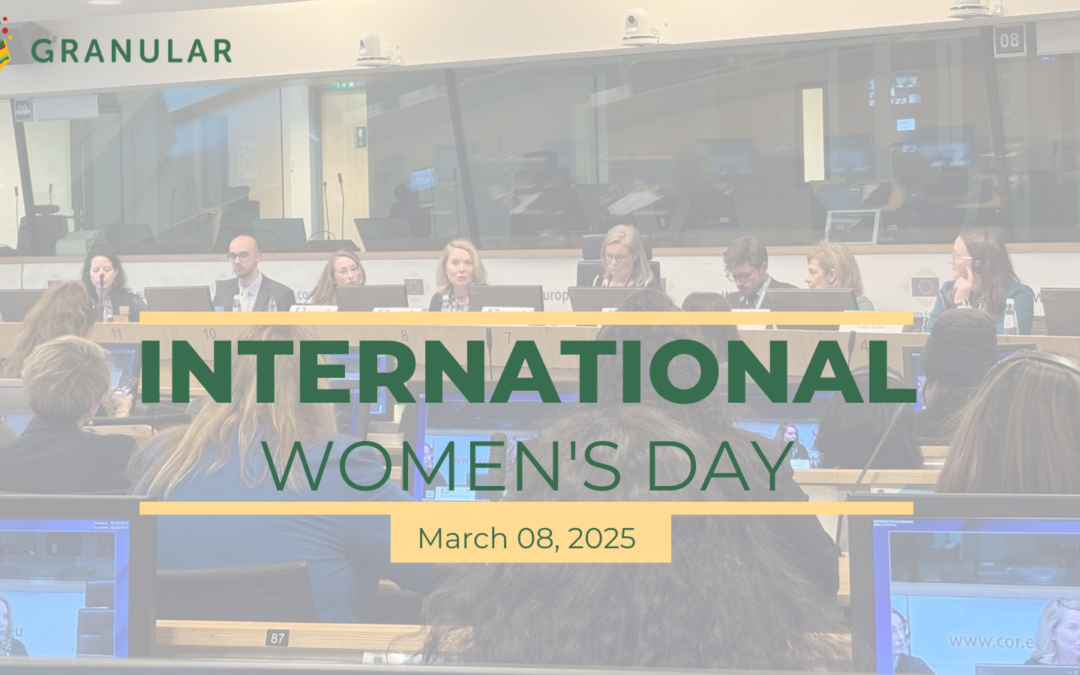Historically, rural areas have been characterized primarily by population density and proximity to urban centres. However, this approach oversimplifies reality and neglects the wide variety of rural areas, encompassing various functionalities and rural-urban interactions.
Traditionally territorial development policies, including EU Cohesion and Rural Development policies have been marred, by the reliance of administrative boundaries to understand territorial impacts and to target public resources. However, this tends to obscure the complex dimensions and dynamics within and across territories, hence the need for more detailed but also more sophisticated understanding of local geographies beyond administrative boundaries.
This a call to deepen our understanding of rural diversity was also emphasized in latest EU Council conclusions on the EU’s Long-Term Vision for Rural Areas (LTVRA) as a milestone to foster place-based rural development and the delivery of EU’s policies and strategies (e.g., Cohesion Policy, Common Agricultural Policy, EU’s Long-Term Vision for Rural Areas).
To help address this gap, on 23rd February the European Association for Innovation in Local Development (AEIDL) organised the 2nd GRANULAR Knowledge Transfer webinar. This meeting brought together leading academic researchers, public servants and practitioners on this field from over 22 EU Member States, UK, Switzerland, Turkey and several African countries is also testament of the growing partnership with our sister project RUSTIK and indeed with the leading work carried out by the EU Joint Research Centre.
In this webinar, we delved into the role of rural (multi)functionalities in offering an innovative perspective to characterizing rural areas and understanding their diversity. Serafin Pazos-Vidal, European Association for Innovation in Local Development (AEIDL), opened this online event, highlighting the crucial momentum of this discussion into the wider EU’s policy landscape and discussions on the post-2027 programming period. Precisely the High-Level Group on the Future of EU Cohesion Policy reported three days earlier that identifying spatially concentrated challenges and multiple dynamics is one of the key challenges for the future EU territorial development policies. This has been further confirmed by the 9th Cohesion Report presented by the European Commission to set out its initial views for the future of Cohesion Policy to be tabled next year, and most particularly the Report from the European Commission on taking stock of the Long Term Vision for Rural Areas, which precisely highlights the role of GRANULAR in finding a better understanding of local dynamics that are often obscured by existing data and administrative boundaries.
Mats Stjernberg, Nordregio, introduced the findings of the ‘Scoping report on rural typologies across Europe’ (2023), a comprehensive state-of-the-art of territorial typologies at EU-level and across 27 European regions. While being a simplification of the reality, rural typologies are used to support territorial analyses and policy planning at different levels. Additionally, Henk Oostindie, Wageningen University, presented how the notions of multi-spatiality and multi-functionalities can be integrated into a Rural Diversity Compass, currently prototyped by the GRANULAR partners. The primary goal of this Rural Diversity Compass is to describe rural diversity through four main functionalities (residential, productive, recreational, environmental) and 24 components. Additionally, this Rural Diversity Compass is a concrete tool to investigate how different functionalities interconnect and (might) produce disbalances in rural areas.
Lewis Dijkstra, Joint Research Centre, provided an overview of the recently-developed EU’s definition for Functional Rural Areas (FRA). This definition, and its associated methodology aims to provide an analytical picture of rural territories and service provision. Functional Rural Areas are identified following five main rules and four iterative steps, and they can be visualized on the dedicated webpage hosted by the EU’s Rural Observatory. This set of interventions was concluded with the contribution of Francesco Mantino, Council for Agricultural Research and Economics and author of the RUSTIK‘s report on “Methodological framework to define Functional Rural Areas and rural transitions”. As Mr Mantino underscored, we need a new definition of “rural” to be based on rural “functionalities”, neo-endogenous theories and the role of networks and connectivity beyond geographical proximity. Such a new definition should particularly address regional, geographical and demographic disparities affecting rural areas.
In a final round table, speakers reflected on how redefining ruralities can improve rural understanding and rural policy making. They convened that such redefinition could help move from the unclear box of “rural” towards a more adequate and multi-faceted, and indeed functional, picture of rural areas, accompanying each type of “rurality” with more nuanced and granular data. A better understanding of service provision, demographic trends or other similar patterns in rural areas might contribute to tackle more adequately rural needs and unleash opportunities in these territories.
A functionality-based approach should be tested to support rural characterization, encompassing needs and trends analyses when it comes to basic services’ provision and territorial dynamics. Still, further discussion should address criteria towards the definition of an EU functional approach, and whether this definition should encompass move beyond the current distinction of “Functional Rural Areas” and “Functional Urban Areas” to rather talk about “Functional Areas” at large. In addition to the highlights report, AEIDL expert Carla Lostrangio has published a post in the Regional Studies Association Blog outlining the key issues discussed in this event.
Want to learn more?
Check more about the webinar speakers and webinar recording.
Don’t miss the highlight report!
